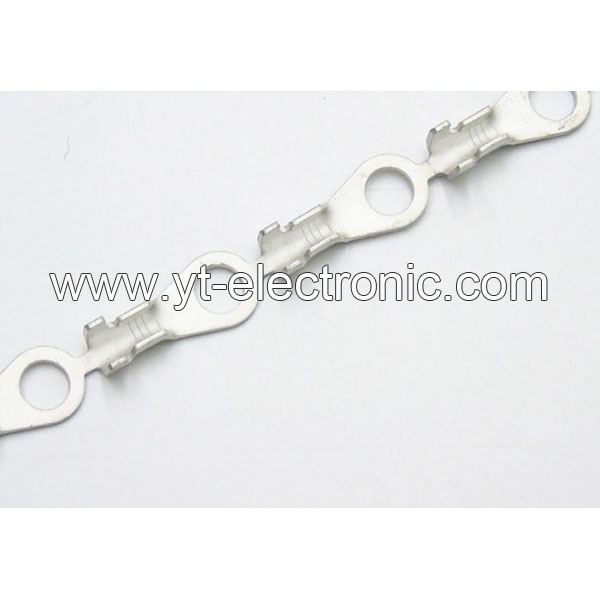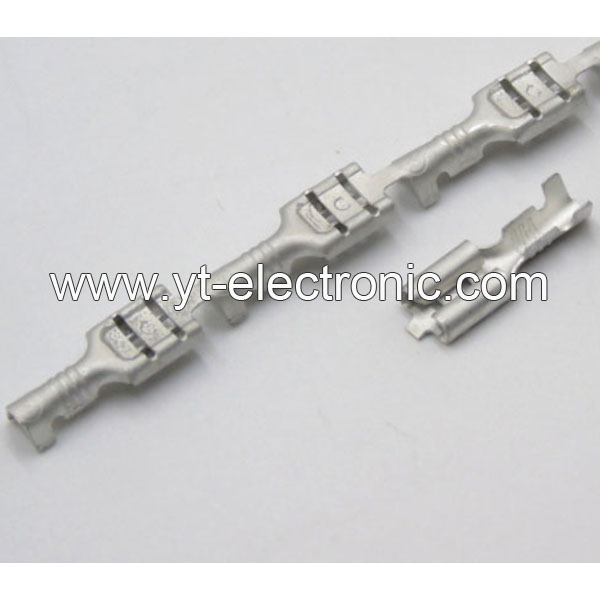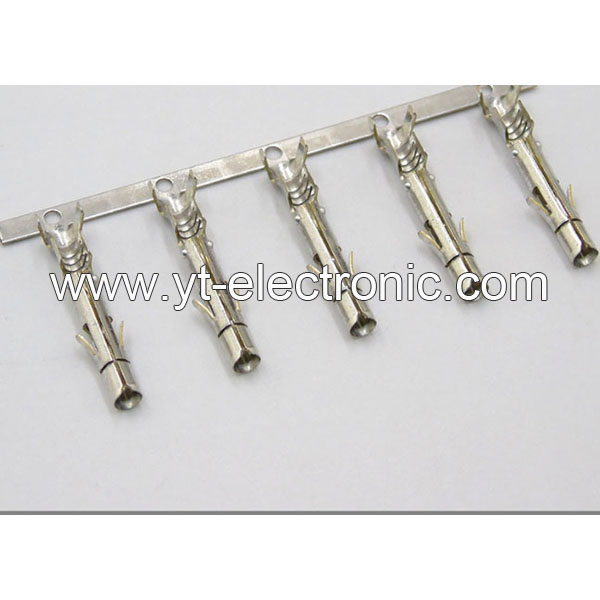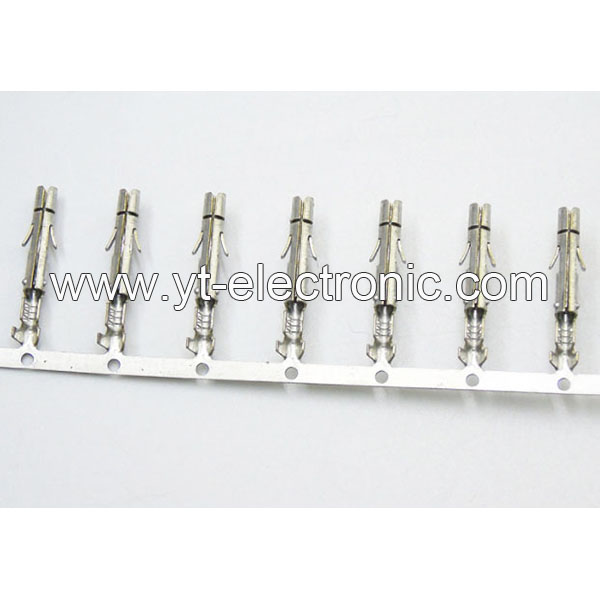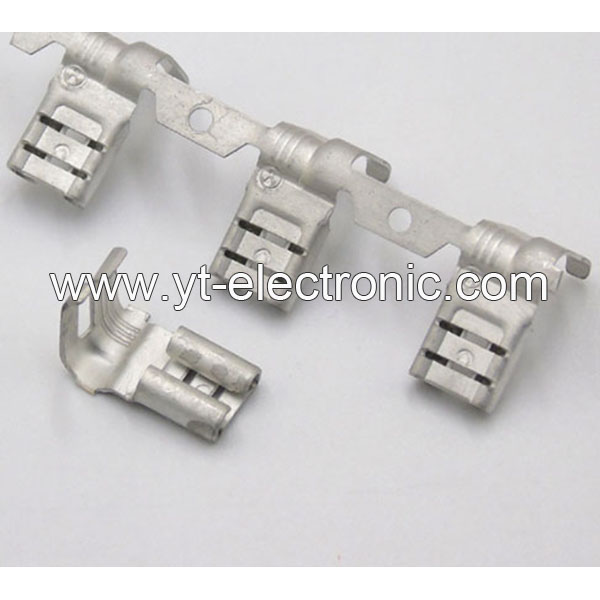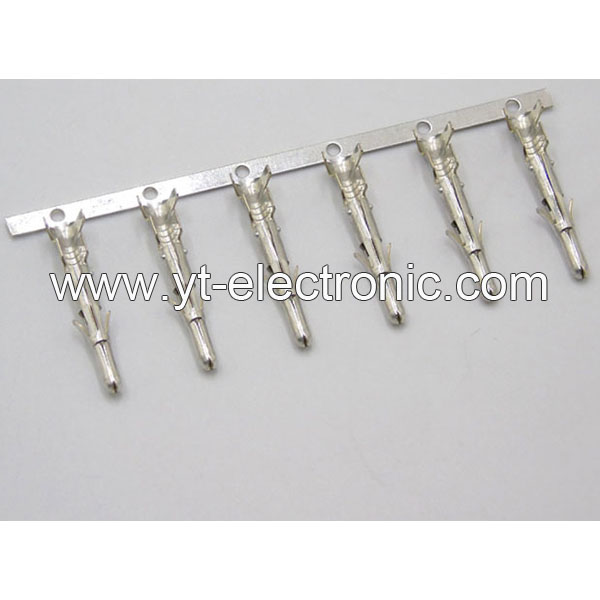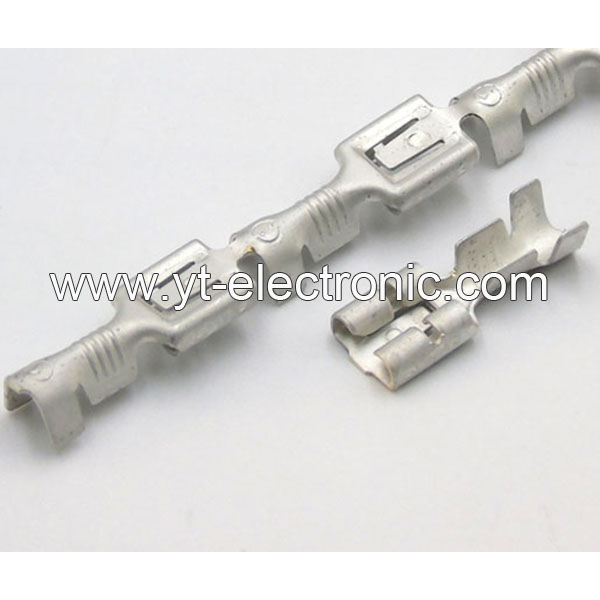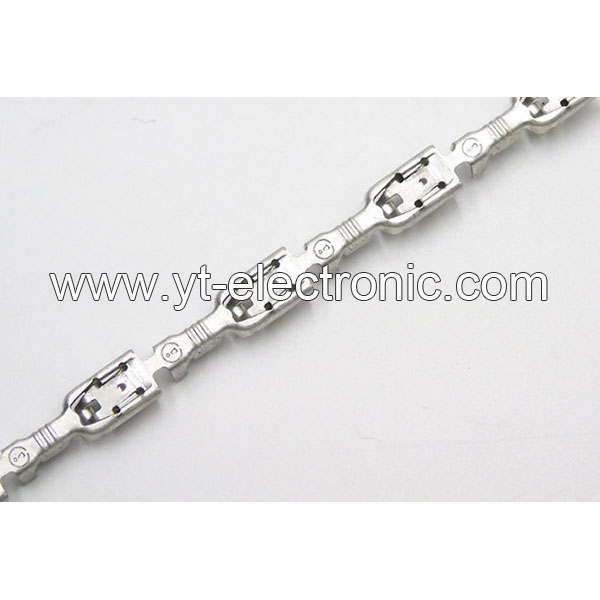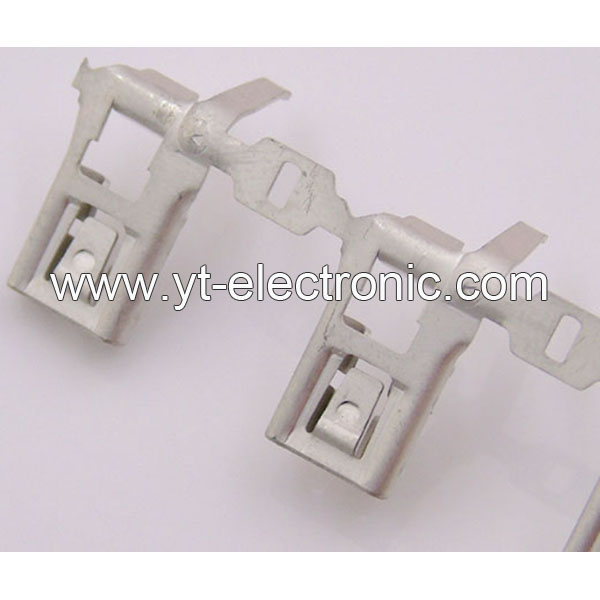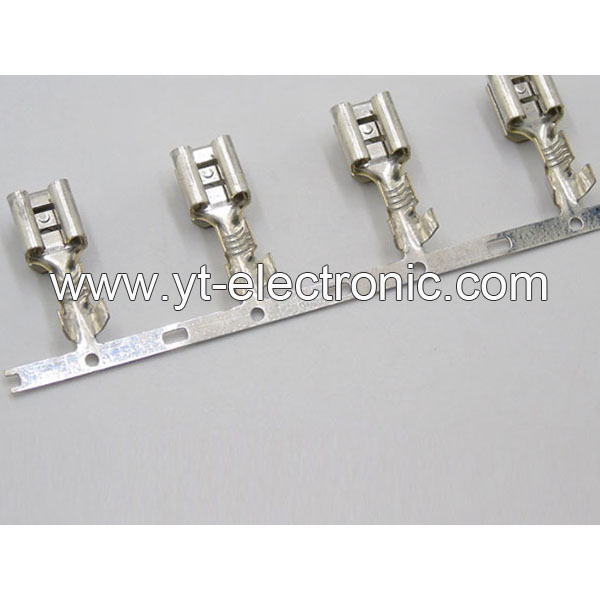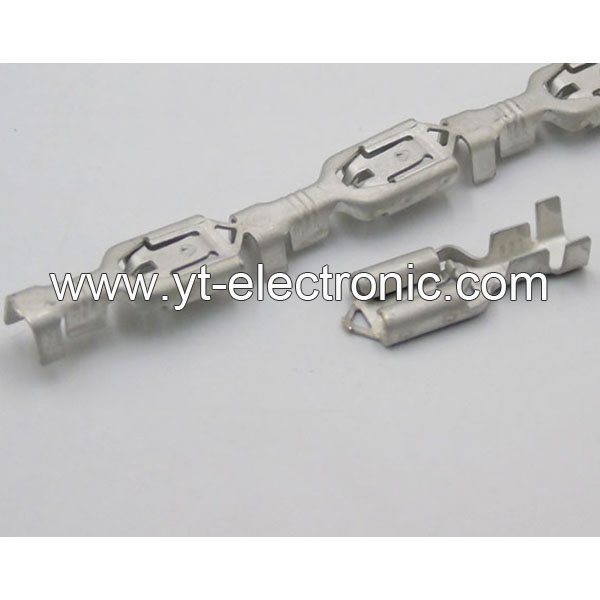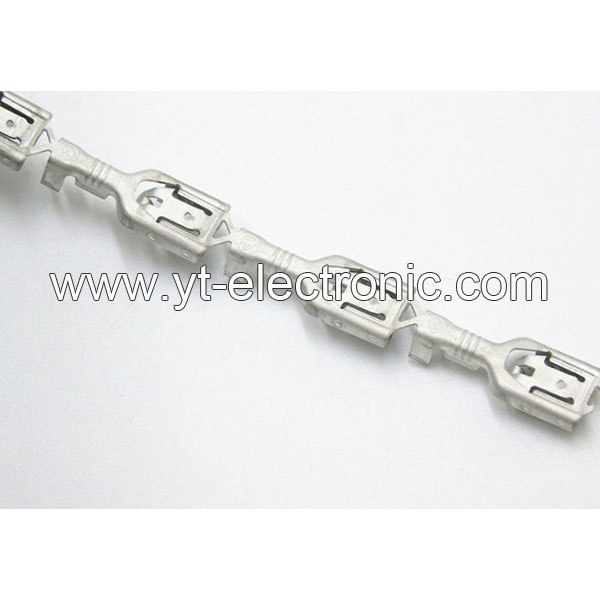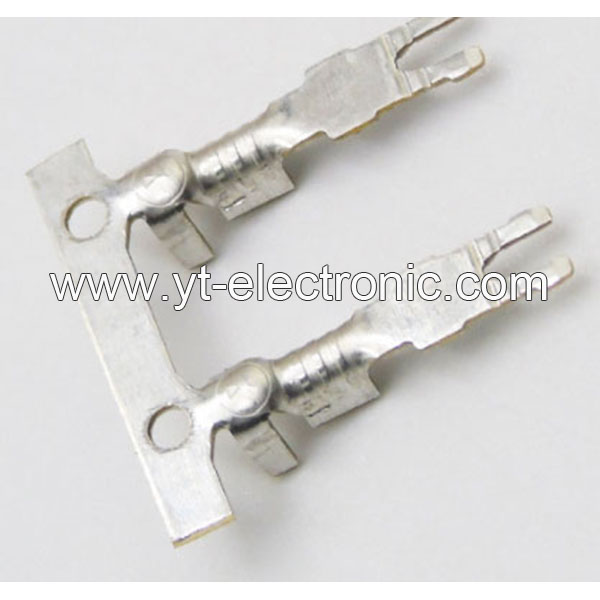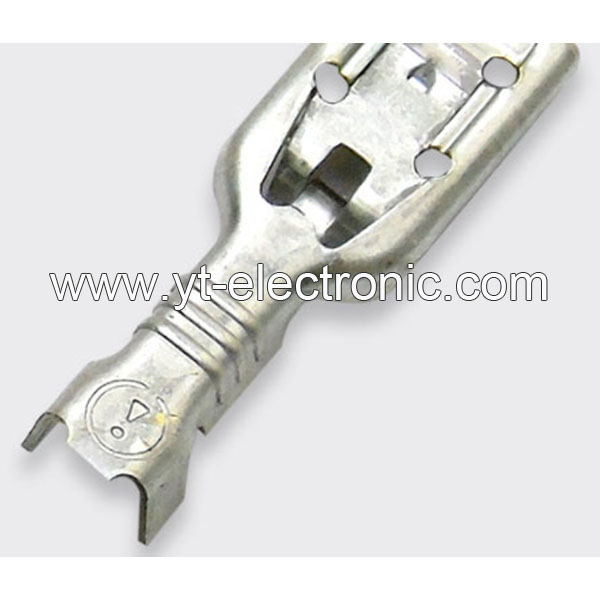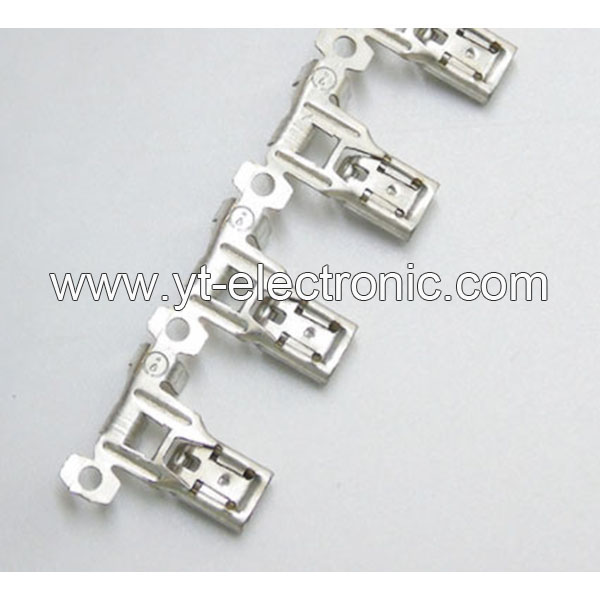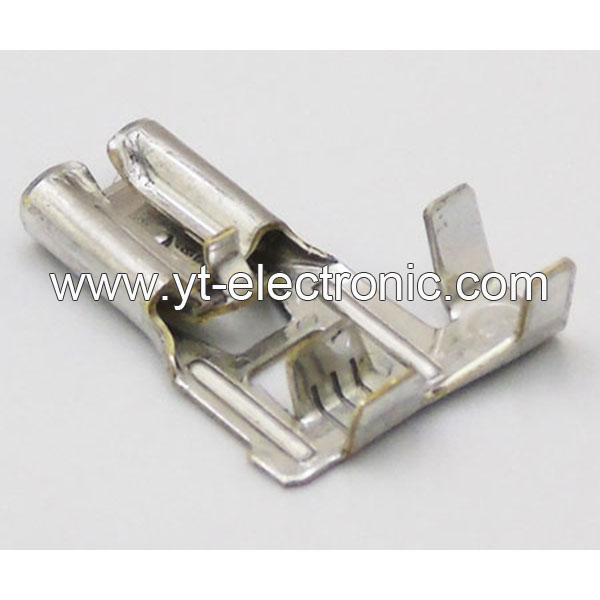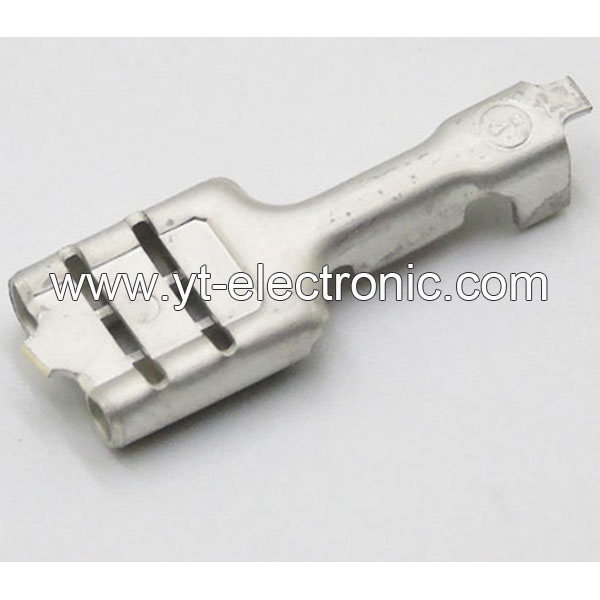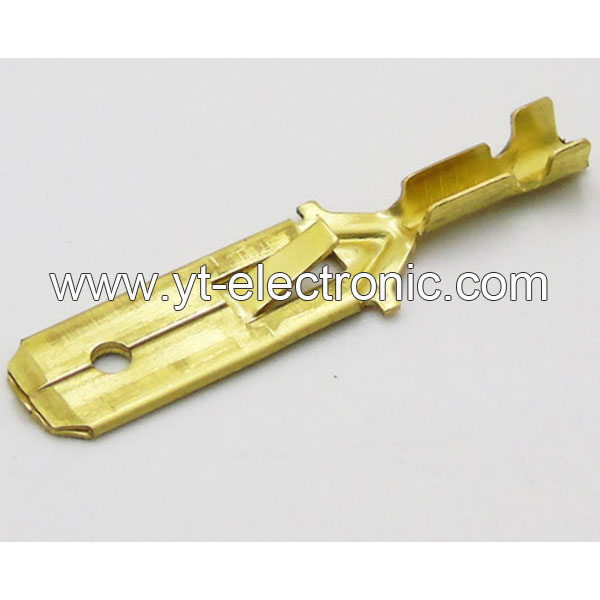Connectors, Interconnects
1. Connectors Overview
Connectors are key components for realizing the physical connection of circuits in electronic systems. They establish transmission channels for electrical, optical or microwave signals between two active devices or subsystems through detachable interfaces. Its core functions include:
Electrical signal transmission: transmitting current, voltage, data signals, etc., and ensuring signal stability and integrity;
Modular design: supporting rapid assembly, repair and upgrading of equipment, reducing production and maintenance costs;
Environmental adaptability: providing waterproof, dustproof, anti-vibration and other protection functions, adapting to complex working environments.
2. What are the Core Components of Connectors?
Connectors are usually composed of the following components:
Contact parts: metal conductors (such as copper alloys plated with gold), responsible for current or signal transmission;
Insulator: plastic/ceramic material, isolating different contacts to prevent short circuits;
Shell: metal or engineering plastic, providing mechanical support and protection;
Locking mechanism: buckle, thread and other designs to ensure connection stability.
3. What are the Types of Connectors?
According to the transmission medium and application scenarios, it is mainly divided into the following categories:
Electrical connector: such as D-SUB, USB, HDMI, suitable for conventional current and data transmission;
RF/microwave connector: used for high-frequency signal transmission (such as 5G base stations, radars), which must meet impedance matching and low insertion loss requirements;
Optical connector: such as optical fiber connector, used for optical signal transmission in high-speed networks and data centers;
High-power connector: supports high current transmission (such as electric vehicle charging interface), and requires high-temperature resistance and high reliability.
4. How to Choose Connectors?
The following performance indicators should be considered comprehensively for selection:
Electrical performance: rated current (0.5A~100A), withstand voltage level (50V~1000V), contact resistance (<20mΩ);
Mechanical characteristics: plug life (500~10,000 times), locking method (clip/screw);
Environmental adaptability: operating temperature (-55℃~125℃), protection level (IP67/IP68);
High-speed transmission capability: such as 56Gbps or above (5G communication equipment).
5. Where are Connectors Used for?
Connectors are widely used in the following fields:
Consumer electronics: miniaturized interfaces for mobile phones, computers, and TWS headphones (such as Type-C and Lightning);
Automotive electronics: vehicle-mounted connectors for power systems, smart cockpits, and autonomous driving domain controllers;
Industry and communications: high-speed interconnection of industrial automation equipment, 5G base stations, and optical fiber networks;
Aerospace and military industry: high-reliability connectors that withstand extreme environments.
6. What are the Development Trends of Connectors?
Miniaturization: 0.4mm pitch ultra-thin connectors (such as wearable devices);
High speed: support transmission rates above 56Gbps (5G/6G communications);
Intelligence: integrated sensors to monitor connection status and temperature in real-time;
High reliability: meet stringent standards such as automotive electronics AEC-Q200.
7. Which Brands Have the Best Connectors?
(1) MOLEX
(2) JST
(3) TE & Tyco
(4) Aptiv & KUM
(5) Amphenol
(6) FCI
(7) FOXCONN
(8) JAE
(9) HRS
(10) Foxlink
And so on…
8. Connectors FAQs
1) Why are connectors called male and female?
The female connector is generally a receptacle that receives and holds the male connector. Alternative terms such as plug and socket or jack are sometimes used, particularly for electrical connectors.
2) Where are connectors used?
Connectors enable contact between wires, cables, printed circuit boards, and electronic components. Our different types of connectors including PCB connectors and wire connectors are manufactured to reduce application size and power usage while enabling increased performance.
3) What are the three types of cable connectors?
There are three types of cable connectors: coaxial cable connectors, twisted-pair cable connectors, and fiber-optic cable connectors with the twisted pair.
4) How connectors work?
Connectors are used to join subsections of circuits together. Usually, a connector is used where it may be desirable to disconnect the subsections at some future time: power inputs, peripheral connections, or boards that may need to be replaced.
5) Are connectors ESD sensitive?
No. A majority of connectors are passive devices, excluding FireFlyTM for example. When looking at board-to-board connectors, it would be extremely difficult to damage them through an ESD event since they are pins in plastic.

